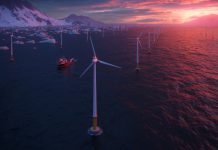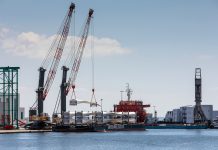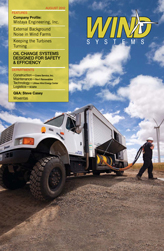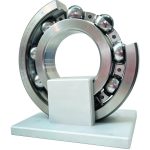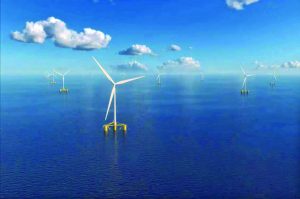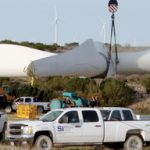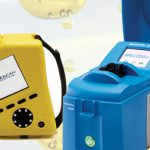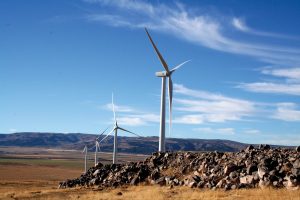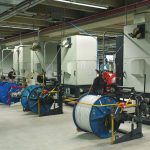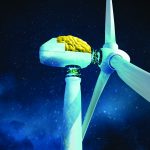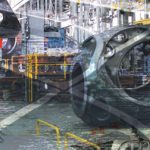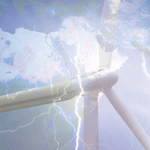As a young boy growing up in southern Alberta, Canada, where the wind is extremely powerful, Tom Lambert remembers being interested in renewable energy. His father used solar panels at the family home in the 1970s before others even considered tapping available renewable sources for power.
With a degree in mechanical engineering from the University of Alberta, and a Masters from Colorado State University, Lambert is now CEO of Mistaya Engineering, Inc., a software and consulting service that helps engineers develop renewable energy projects.
“Analyzing these projects involves large amounts of data to understand how power systems will perform with available resources,” he said. “I had a hunch that the industry needed a tool designed especially for wind resource analysts who work with data generated by wind measurement equipment. When we developed Windographer, I was a little surprised at the relatively early adoption of the software by industry leaders.”
Windographer was designed to quickly read wind data files from almost any source, sorting out the different types of data in the file and displaying it in a logical format that could be evaluated for quality of both the wind resource and data generated.
“The product has evolved the way I envisioned, but there have been some surprising things about its evolution, that I did not anticipate,” he said. “I didn’t realize it would be used as much as it is for operational assessments.”
With more than 500 customers in 60 countries, Windographer has established a reputation since 2005 as being the industry-leading tool for simplifying and accelerating the wind resource assessment process.
“Our biggest customer group is wind power developers who are looking to analyze wind resource data prior to construction,” he said. “Other users are consultants, academics and amateur meteorologists – it’s an eclectic group of folks who are real lovers of data. Definitely, it’s data-centric people who use Windographer because it provides tons of data and it’s fun to use. You can zoom in and zoom out, filter, change settings, and the graphs update very quickly.”
Developed as a stand-alone software package, Windographer integrates with other software products in a Windows-based system.
“We wanted to make sure it would fit in nicely to the ecosystem in the wind power industry, so we work hard to read all the common met tower, SoDAR, and LiDAR data formats, and to export to all the common software packages used to design wind farms,” he said. “We designed it knowing that it would be just a part of the entire process of developing a wind energy site.”
The main features of Windographer include intelligent data import, visualization, powerful quality control, and advanced analysis capabilities.
“Reading data files is one of the main features of Windographer,” Lambert said. “We try to make it like magic. It can import data from almost any format and automatically determine the data structure without asking questions, so the user can get straight to analyzing data.”
The software also provides a wide range of graphs and tables from the original file, and also calculates quantities such as air density and turbulence intensity for display in colorful graphs, wind roses and frequency histograms.
The software allows users to quickly detect and flag problems such as tower shading, icing events, and sensor malfunctions, and to analyze wind shear patterns and estimate wind speeds at the hub height of a particular turbine.
Users can also analyze tower distortion, estimate wind turbine energy production, and predict extreme wind speeds.
In the next few months a new feature will be introduced to allow comparison of one site to another. The Measure Correlate Predict (MCP) module will allow wind farm developers to correlate data from the proposed site with a nearby long-term reference station to provide information for climate adjustments. “The industry has evolved from the cowboy mode of operating, where you could get away with designing wind farms without much detailed analysis. These days, designers very carefully analyze both pre-construction and post-construction data, and software saves time and effort in the process.”
Lambert believes technological solutions like Windographer will continue to be needed in the search for potential construction sites.
“The industry needs a higher degree of analysis and sharper pencils to handle the more challenging conditions we face as we construct wind farms in places with less energetic winds or more complex terrain,” he said.
To learn more:
Call 1-866-848-6232 or visit www.mistaya.ca or www.windographer.com.
















